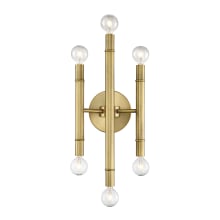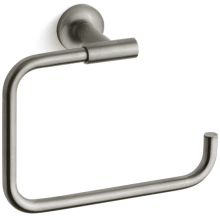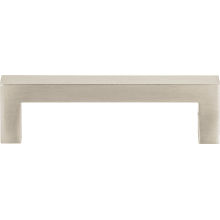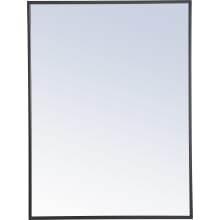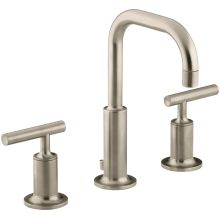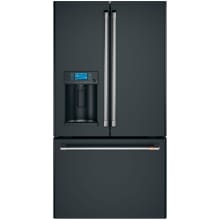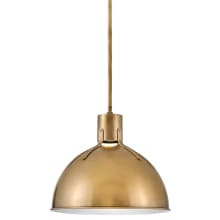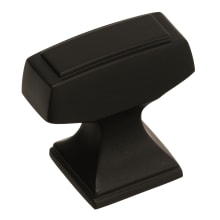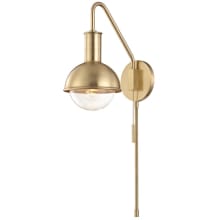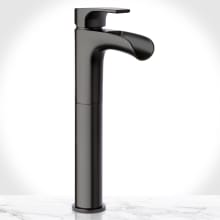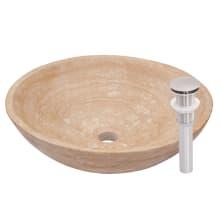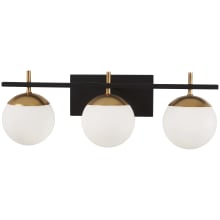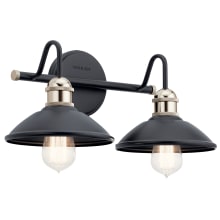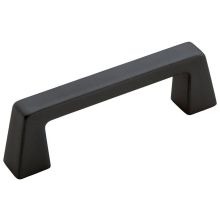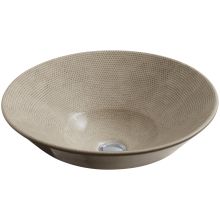Build by Design: Mood Boards and Design Boards
Learn pro designer tips for organizing your inspiration and presenting your ideas to clients.
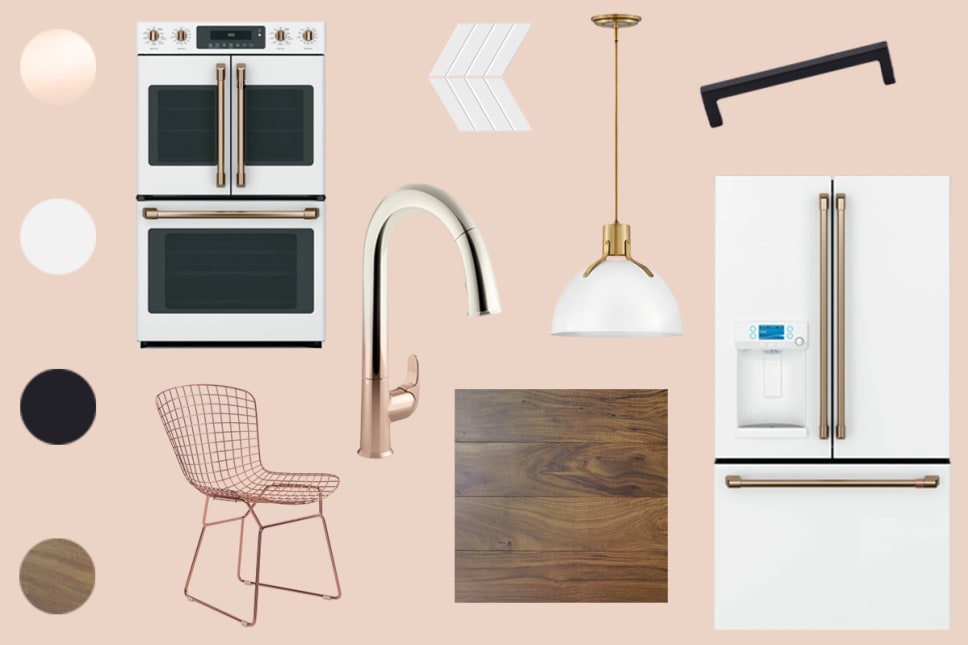
Mood Boards
Creating a mood board is one of the first steps in the design process — and a very important one because it captures the broad concept for the space using pictures, colors, textures, and materials to set the overall tone for the design. I keep this phase to myself because it’s all about getting inspired and pulling my ideas and thoughts together. Sometimes I also put together a Pinterest board, or I just keep track of ideas in my head until I am ready to sit down and translate it into a design.
Designing With Virtual Mood Boards

Virtual mood boards are great tools to help you visualize everything as a whole and give you the confidence to move forward. If you are tackling a project on your own and you don’t already have a program to use, then be sure to check on one of the many free apps or programs for creating mood boards.
As I am gathering images, colors and finalizing the layouts on the screen, I often times get up from my desk and start playing around with actual samples. This is especially helpful for me when I am a little hung up on something. So I mix and match fabrics, rugs, finishes and so forth to keep those creative juices flowing.
Design Boards

Once I have a clear vision for the space, it’s time to make it come to life in the most unique and aesthetically beautiful way possible! Every time I start on a design I already have at least one solid thing in mind for it, whether that’s a color, a light fixture, or a piece of furniture. So I always recommend just starting with something that inspires you! No matter what it is, you just throw something onto the board as a starting point, then from there it becomes a process of adding and subtracting until it feels just right.
Working With Multiple Design Boards

I usually have a couple boards for each space going at one time, but eventually narrow it down to just one. I have already gone through the discovery phase with the clients, so by now I have a very strong understanding of what they want. Plus they have hired me and put their trust in me to create it for them (no second guessing myself!).
In addition to having a couple boards per space, I also work on the boards for the entire house at the same time. I may see something I love and really want to incorporate it — but into a different room than the one I was currently working on. Because I look at so many thousands of products and materials, it’s easy to lose track. Adding favorite products to a board as you find them is a great way to stay organized.
Presenting Your Design

Once the design board is completed I have a full design to present to the client. I present the board as a whole for the full visual experience and provide additional visual aids with actual samples and materials. (This is extra helpful because printers don’t seem to do anything justice!).
So that’s my process, and while it may not work for everyone, it works for me and it is what ultimately leads to all of the beautifully finished spaces that we create!

